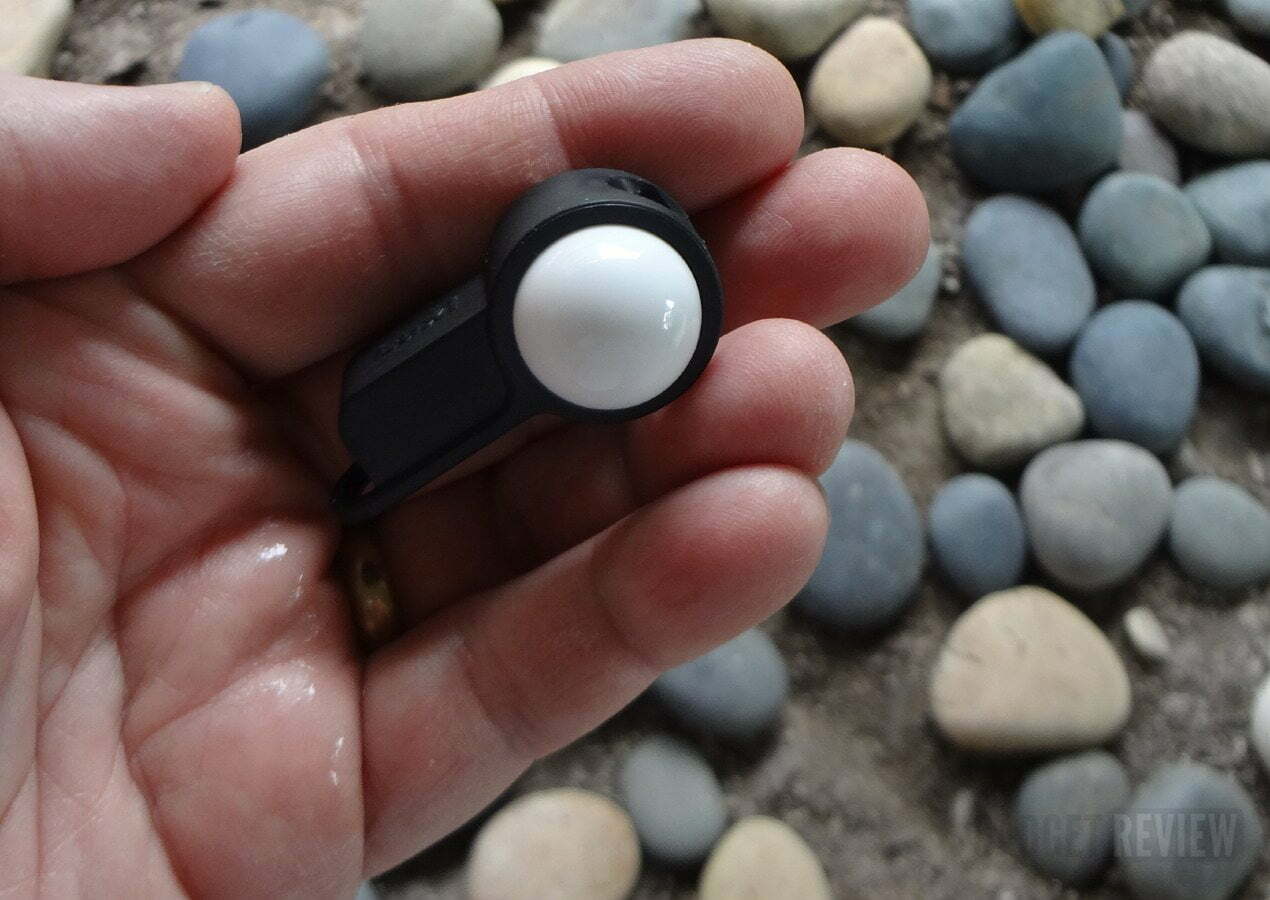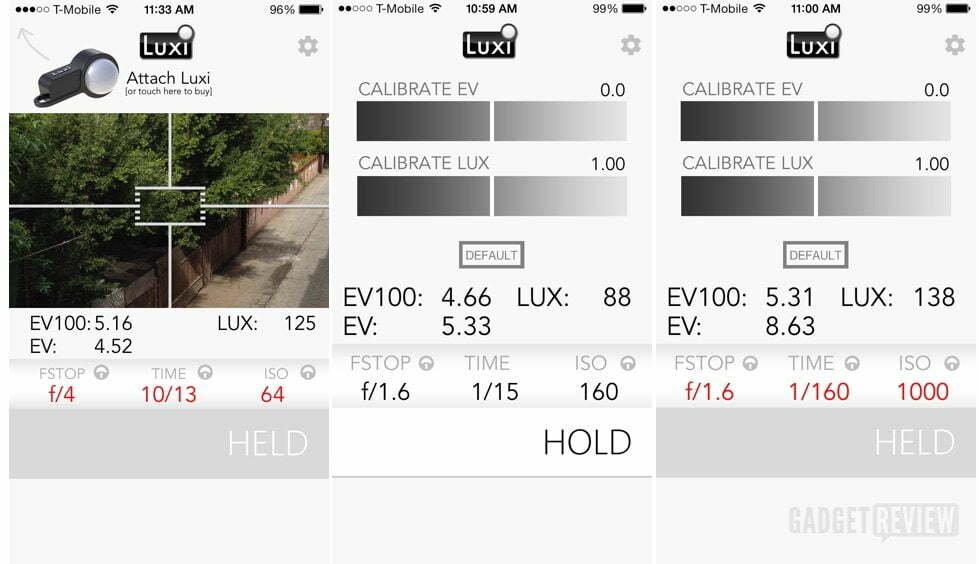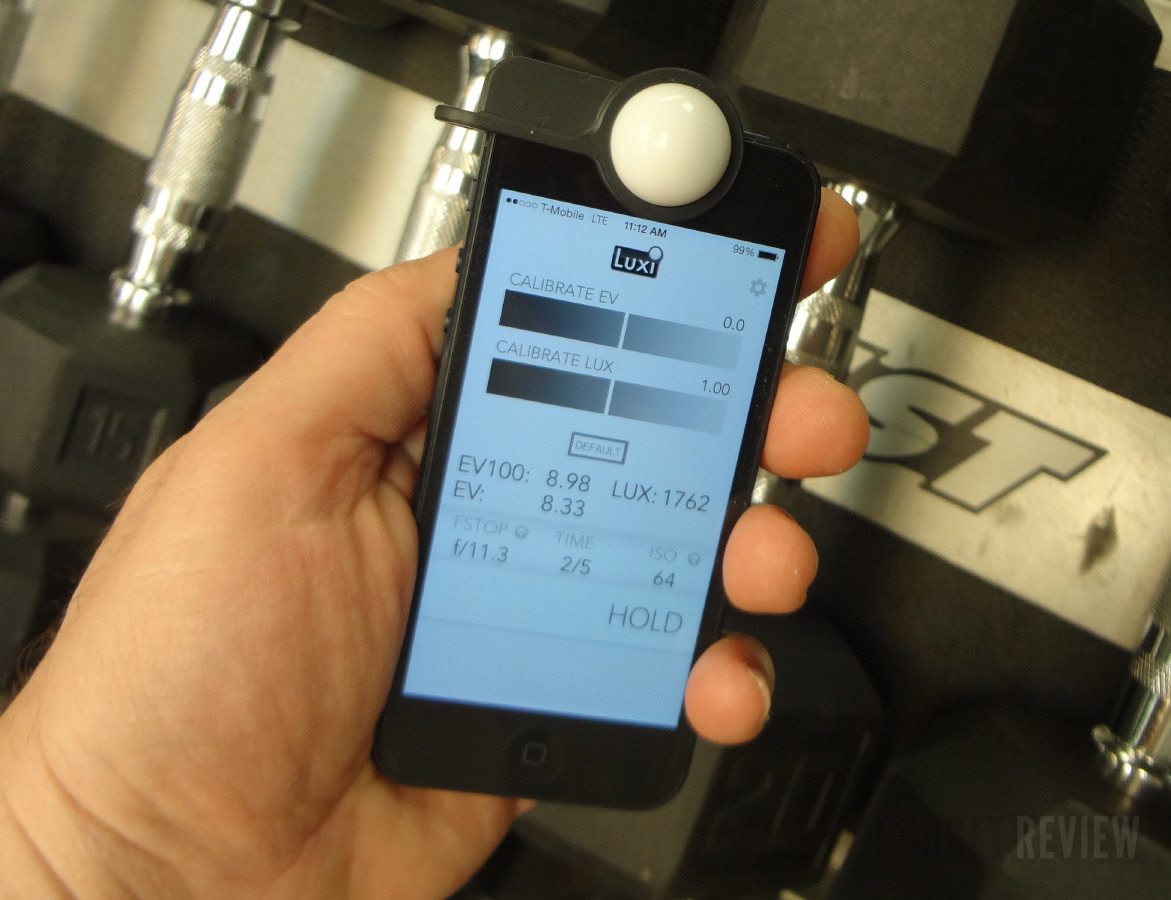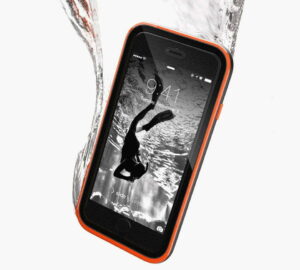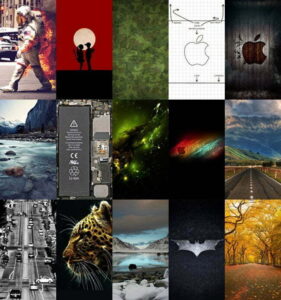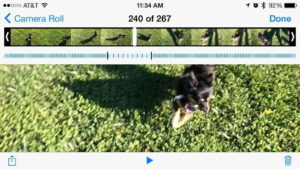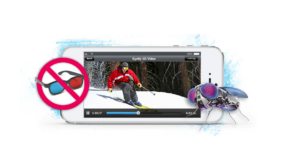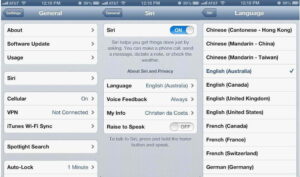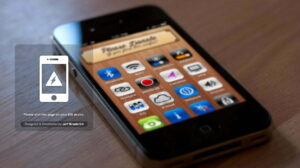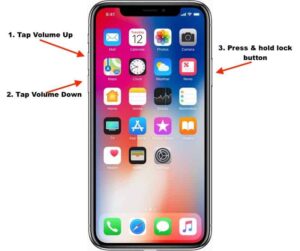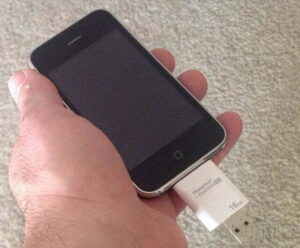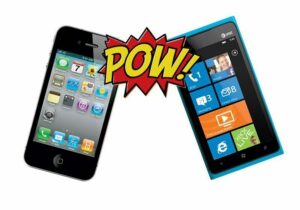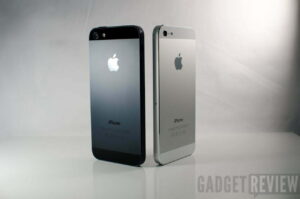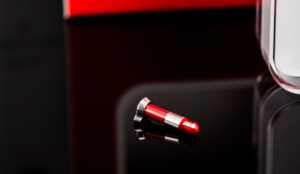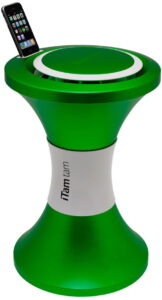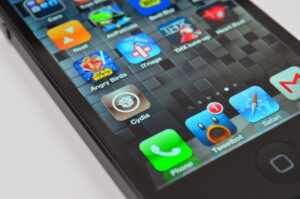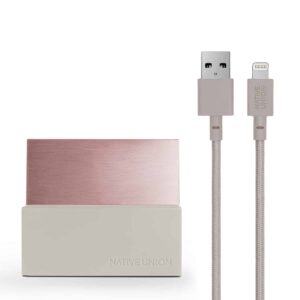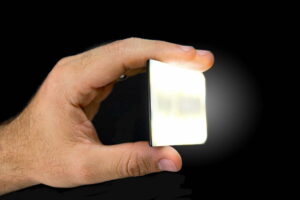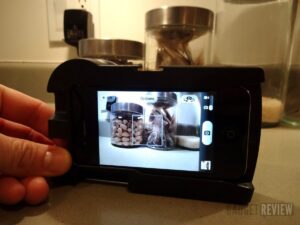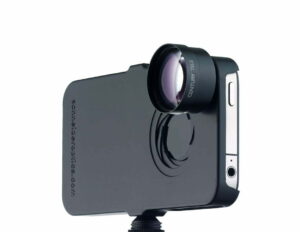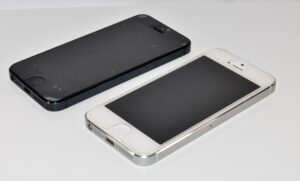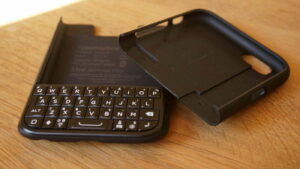Casual photography has never ceased to be of interest and if anything, this has now increased due to the availability of cell phone cameras. If you want another way to upgrade your iPhone camera, check out our Phocus iPhone lens system review. But for those looking to shoot accurately and with consistent results, a stand-alone camera still has more technology for imaging and provide more professional results than clicking away on a smartphone. Back when I was running a photo studio, I used an indirect light hand-held meter to read the light prior to shooting with incandescent lights — taking a reading by aiming the diffused “head” of the meter at the camera from the position of the subject. It read the light that “fell” on the subject, not that reflected, and so was more accurate (the same being true when used outdoors, such as shooting Sunsets). The downside was that these meters, the analog ones anyway, were more prone to damage or having the needle be misinterpreted, but when used correctly the wealth of information that it provided as to F/Stops and shutter speeds was unmatched by any metering on-camera.
All of this is still true today, but who’s going to buy a light meter whose price might match, or even surpass that of the camera they’re using (not just DSLRs, but even simpler models now allow manual control)? No one needs to, because the Luxi Light Meter Attachment for iPhone 5 attachment takes the smartphone and turns it into a fully functional, digital incident light meter. Speaking of your iPhone, check out our Clearplex iPhone screen protectors review and our best iphone review too.
The Luxi is made of hard plastic and basically consist of a half dome (think of it as a 1/8th size ping-pong ball cut in half) affixed to a clip mechanism. The entire affair fits over the top of the phone to cover the front facing lens and holds in place through friction. There’s also a small lanyard-accessible loop, but rather than carry it around in your pocket loosely, use the included soft pouch for safety. This Luxi is designed to work with an iPhone 5 (there’a different version for the 4/4S) — but won’t work if there’s a bumper or case because of the tight attachment tolerance.
Related: If you need a good iPhone battery case, check out the Morphie Juice Pack Air Review For The iPhone 4.
Extrasensory Devices include a free app to use with the Luxi, although there are other apps that will work with it as well (and which the company lists on their website). There are three decisions that need to be made when taking a reading: what to set the “film” speed at, which translates into greater/lesser sensitivity of the photo taken to the light in a scene (and which will be influenced by digital interference and “noise” as a result); what to set the shutter speed at (which influences whether there’ll be blurring or not as a result of movement of the image being taken); and what to set the F/Stop at (which affects the depth of field in the given scene).
Related: Also check out our Ipin review.
The Luxi app lets you set each of the above independently or in tandem, providing a “lock” so as to keep any of the settings steady: for example, setting the “film” speed to a low ISO of 64 which necessitates either a slower shutter speed or higher F/Stop (i.e., a F/Stop of 1.6 allowing in more light than F/4.5). Without the Luxi attached, the app displays a representation of the area where the reading will take place as a guide, but of course doesn’t do a single thing — attaching the Luxi automatically places the app back in “reading position.”
I ran a number of reading tests using the Luxi — these were done using natural sunlight, both sunny and overcast in a backyard and on a busy street of an outdoor Mall, along with fluorescent and standard incandescent indoors in an Apple store and inside an apartment. I also used the Luxi alongside an analog incident light meter when doing a classical 3 light portraiture setup, wherein there was incandescent lights facing the subject at 45 degree angles from each side, along with a light behind and to the right of the tripod-mounted camera. The Luxi was used in the conventional method of being positioned at the subject and facing the camera lens. Having set the ISO at 125 (high enough to avoid eye blinks), the two side mounted lights were moved forward/away from the subject until the light level of the left placed light was aprox. 40% that of the one on the right (the “fill” in front was providing barely 30%). My main issue here was to keep down the contrast, which is an area where I have always found an incident light meter to excel when dealing with incandescents which I’ve found inherently “hard” on flesh tones.
Bottom line: Correctly using the light in any given scene is what taking a photo is all about. At $29.95, the Luxi Light Meter Attachment for iPhone 5 provides a needed technical tool that will let any camera that can be manually controlled work more efficiently and provide a better image than would otherwise happen. Provided you have an iPhone, the Luxi is an inexpensive way to get that level of professionalism for any picture being taken.
